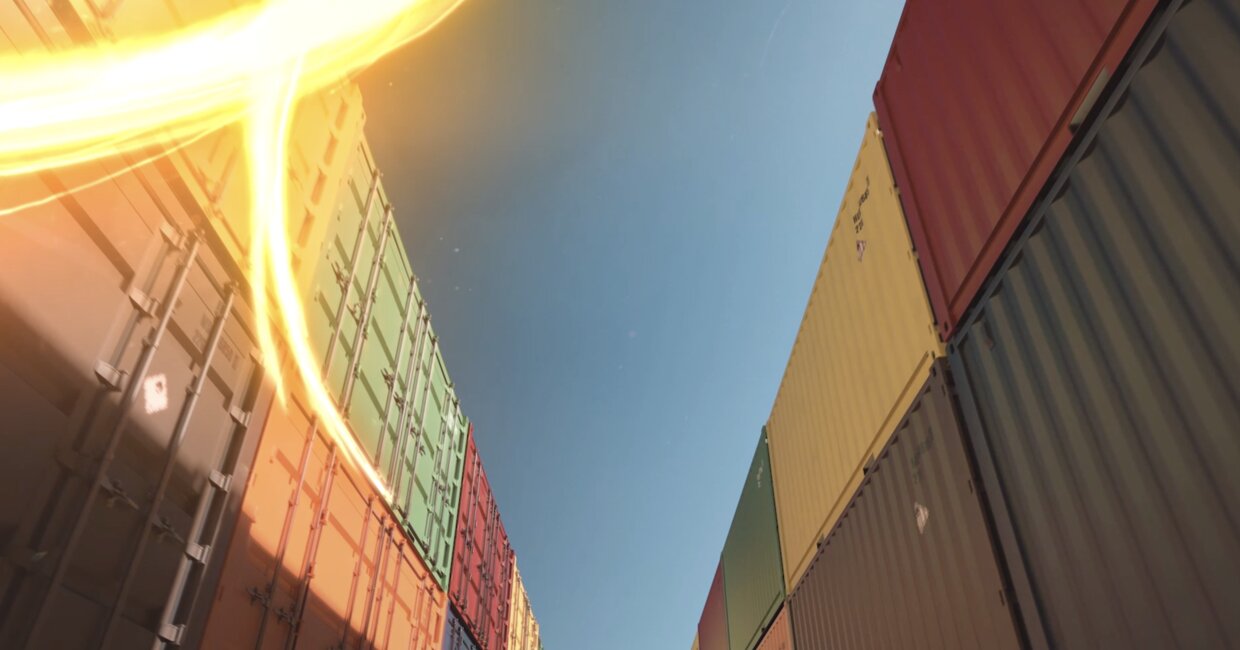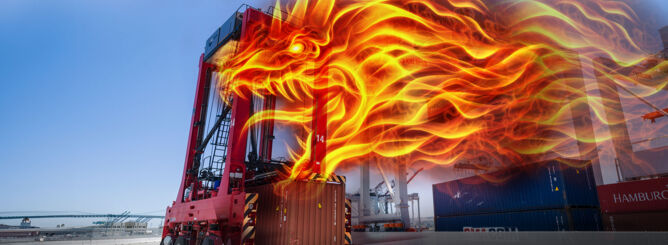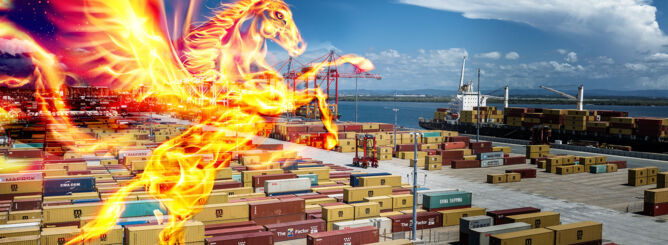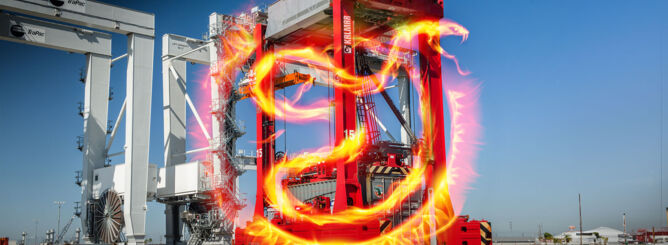Automation helps ports adapt to the post-COVID world
As terminals adapt to the changing business landscape, terminal automation solutions will need to evolve to become more standardized, easier to deploy, and replicable from one installation to another. The same applies also to post-COVID world.
The port and terminal industry is evolving continuously, with improvements, innovations and disruptions following one another in accelerating cycles.
"Today's terminals need to deal with a complex interplay of global trends," says Tomi Tuulkari, Director, Product Management, Kalmar. "Most notably, we are seeing a consistent shift towards integrated, transparent supply chain management, as the major shipping lines no longer operate only at sea but also want to provide this kind of end-to-end logistics service to their customers."
Concurrently with the drive towards tighter logistics chains, recent years have seen increased integration between global terminal operators and shipping lines. "The logistics industry is dealing with successive waves of disruptive change. Alongside existing players, new competitors such as Amazon and Alibaba are also looking to take market share from shipping lines by offering an end-to-end supply chain service," Tuulkari notes.
Automation equals flexibility
The COVID-19 pandemic has raised massive challenges for players at every level of the logistics chain. However, the situation has also led to an extremely rapid acceleration of remote capabilities and digitalisation of operations.
Terminals play a key role in the success of new end-to-end supply chains in the post COVID-19 world, but they also need to deal with existing long-term issues, from rising operating costs to pressure from local environmental regulations. Simultaneously, the standardisation of operations and technology is not yet at the same level as in many other industries.
Terminal automation is the generally accepted answer to meeting these challenges. Automation can deliver consistent, measurable performance and reduce operating costs, while simultaneously improving the safety and eco-efficiency of terminal operations. Automation also offers agile decision-making opportunities for adapting to changes in capacity and demand.
"If a ship calls into port ahead of schedule, an automated terminal will let a single operator deploy 200 automated straddle carriers at the click of a mouse," Tuulkari says. "This type of flexibility is simply not possible with a traditional manually operated terminal."
Reusing what works
The COVID-19 pandemic has demonstrated not only the need for ports and terminals to be able to respond quickly to dramatic changes in global logistics patterns, but also the relative robustness of automated solutions compared to traditional manned operations. Why, then, is automation still slow to gain ground at terminals?
"Despite over twenty years of history, until now terminal automation has been mostly a series of one-of-a-kind projects that have involved significant business risk for terminal operators," says Tomi Tuulkari. "Moreover, automation has been focused on new greenfield projects that can be easier to design as all systems can be built from scratch."
Kalmar's response to the changing business landscape has been Kalmar One, the industry's first automation system with open interfaces. Kalmar One combines equipment control systems, equipment and yard automation into one integrated system. Offering a standardized, scalable architecture, the system supports any size, level and type of automation deployment with a shared technical foundation for all equipment.
"Our Kalmar One is the result of two decades of experience in terminal automation with 14 projects deployed worldwide," says Tomi Tuulkari. "It is our firm belief that in order to help the logistics industry grow, automation must become more accessible for terminals of all types."
Standardized, modular automation solutions offer terminal operators an easy overview of everything happening in the terminal, while providing data that can be used for operational and business decision-making. "The user experience and software toolkit remains consistent between different types of equipment," notes Tomi Tuulkari.
Openness, transparency, reliability
In the post COVID-19 world, seamlessly integrated supply chains are more important than ever. As global industries gradually recover from the pandemic, ports and terminals must evaluate not only their ability to return to normal operations, but also their capacity to respond to other unexpected disruptions in the future.
Automation is the generally accepted route through which terminals can meet today's demands for performance and safety, but in order for terminal operators to gain the full benefit from it, automation systems need to become more standardised and easier to deploy. "Our systems need to be open and transparent, but also field-proven and extremely robust," Tuulkari says.
"With solutions such as Kalmar One, we have been doing our best to take system reliability and availability to where they need to be in order to support the needs of the global supply chain in the future."
A longer version of this article was originally published in the July 2020 edition of Port Technology International. Read more here.
Tomi Tuulkari
Director, Product Management
Tomi works as Director, Product Management in Kalmar, leading the Product Management team dedicated to Kalmar One, the industry-first Automation System with open interfaces.



